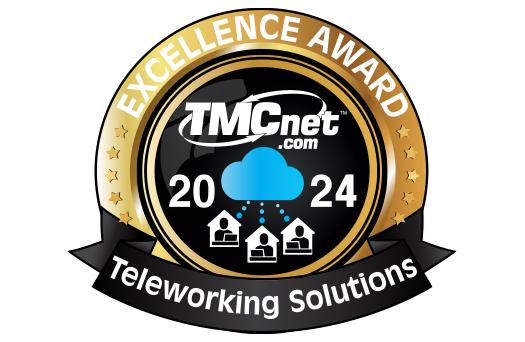A 2009 study from the Business Research Institute revealed that of all the recovery points necessary in the event of a disaster (data loss, employee management, notifications, etc.), 65 percent of businesses surveyed said telecommunications was the weakest link. Given the importance of phones to a business, this is a surprising statistic, especially when you consider how easy it is to find a telecom disaster recovery provider. In the event of catastrophic system failure, or because a fire alarm went off and your employees have to exit the building, you’re going to need a backup plan for handling phone calls. This is not a hard process, but it is an important one. For that reason, you need to make sure that the company you’re working with to handle your telecommunications failover can connect all your employees and all your callers as effectively as possible. Following these 5 considerations will surely lead you to the right telecom disaster recovery provider for your company.
In the event of a disaster, a company’s local and toll-free provider can re-route, or forward, the inbound calls to a different location. But where? To another phone system at some dark site? That is an immense amount of capital being spent on something that may never be used. The better way is to have the calls forwarded to a virtual phone system – a phone system in the cloud, if you will. A virtual phone system can have the Fortune 500 sound, features and reliability without any hardware on site. But while there are many virtual phone system providers in the market, not all of them make good telecom disaster recovery providers. Here are four things to look for in a telecom disaster recovery provider:
1. Highly Reliable
There are a lot of virtual phone system providers that have built their networks on open source software running on standard computers. This is fine for simple call control, but when it comes down to it, having specialized, reliable hardware built specifically for high call traffic is key to reliability. Also, the vendor should be located in a data center that is on the national backbone so it stays up and running even in the event of a natural or national disaster. Also, competent support staff with strong technical expertise is crucial. This cannot be accomplished with an outsourced support center but rather with their own employees who have an in-depth knowledge of their network and capabilities.
2. Highly Redundant
As a telecom disaster recovery provider faces the same problems as you – fire, hacking, power loss, etc. – they need to have a disaster recovery plan of their own, with redundancies and failovers in place for electrical, inbound, and outbound local and toll-free carriers, as well as network and hardware component redundancies. A reputable telecom DR provider has no planned downtime of their own. They should be able to switch between multiple carriers for your call (in case entire networks of phones go down) and repair and replace components without you ever knowing or needing to know.
3. Full Customization
Whether you want to appear as though nothing’s interrupted your business, or if you need emergency messages and directions only, or just an employee emergency hotline, a reputable telecom disaster recovery provider’s virtual phone system should have the features and customization capabilities as well as the support staff willing to work with you to put a system in place that meets your telecom DR needs. As an example, the service should allow you to create a bank of recorded messages that can be fluidly managed, as well as multiple fallback contact numbers for each of your employees based on what kind of communication is still available to you at the time of the disaster.
4. Full Control
When disaster strikes, it’s going to be unexpected, it’s going to be complicated, and you’re going to need to respond directly to the type of problem that has occurred. A single generic response or scripted recovery plan may not account for the number of variables in a disaster situation. At times you may not have access to computers. At other times you may not have access to phones. You’ll need a telecom DR system that can be accessed and managed several different ways, such as through a self-managed Web port as well as through the phone. But beyond that, you’ll need to have a system that can provide several options for routing calls to employees, depending on what resources are available to them during the disaster. Ideally, each employee has a phone and Web login to the telecom DR system, with access dependent on the rights given to them by the system administrator.
5. Always On
A common process in the disaster recovery world is when a disaster occurs you need to “declare a disaster” with your DR vendors so they can start working with you during that disaster. However, in the telecom world, there’s no time for that. Calls are going to keep coming in and you need a place to send them. A telecom DR provider should always be on, in hot standby, waiting for calls to come to it. You may need to declare a disaster with your local and toll-free providers so they know to reroute calls to your telecom DR provider. But you can work with them ahead of time to make sure those routes are saved in their switches, ready for when needed.
Virtual PBX is one of the only telecom disaster recovery and business continuity service providers with our PBX Parachute service. This customizable service can completely mirror your phone system, only cover your inbound call center, act as your employee emergency hotline, and provide a conference bridge for your disaster recovery team — all in the same system, all at the same time. Give us a call at 888-825-0800, option 1, and ask any of our Sales personnel about this very important service.
Don’t be a part of the 65 percent of companies whose disaster recovery plan does not include your phones. Phone calls mean money, and finding a reputable telecom disaster recovery service provider that uses a hosted phone service is key to making sure you continue to make money with those inbound phone calls, even in the event of a disaster.






